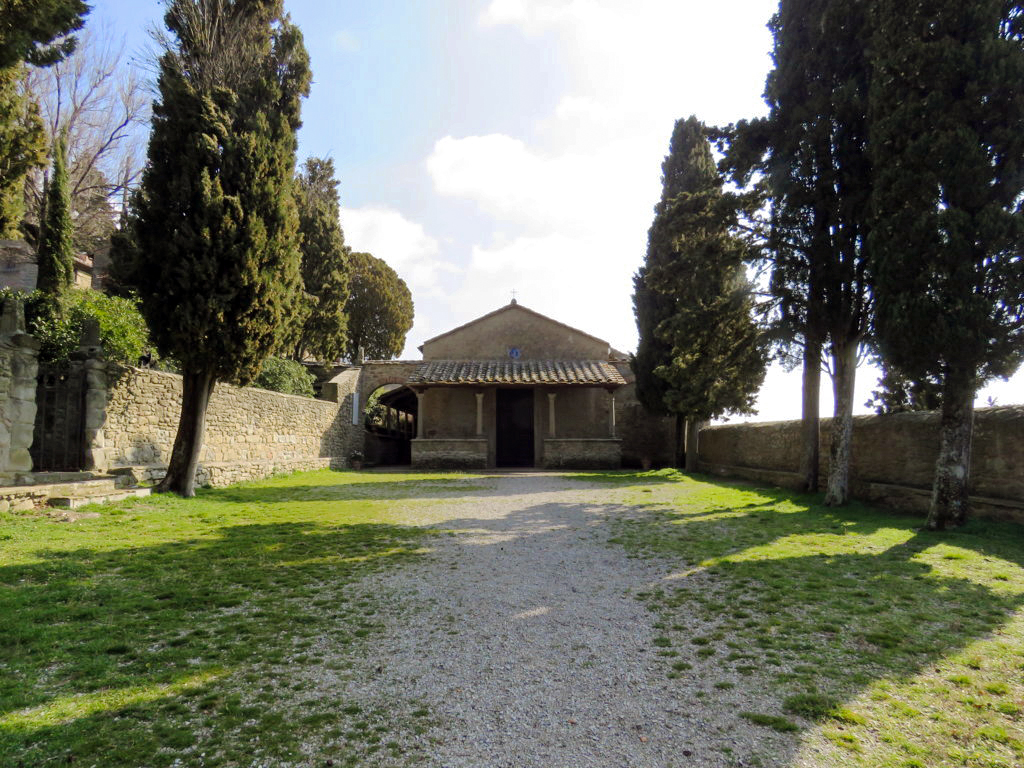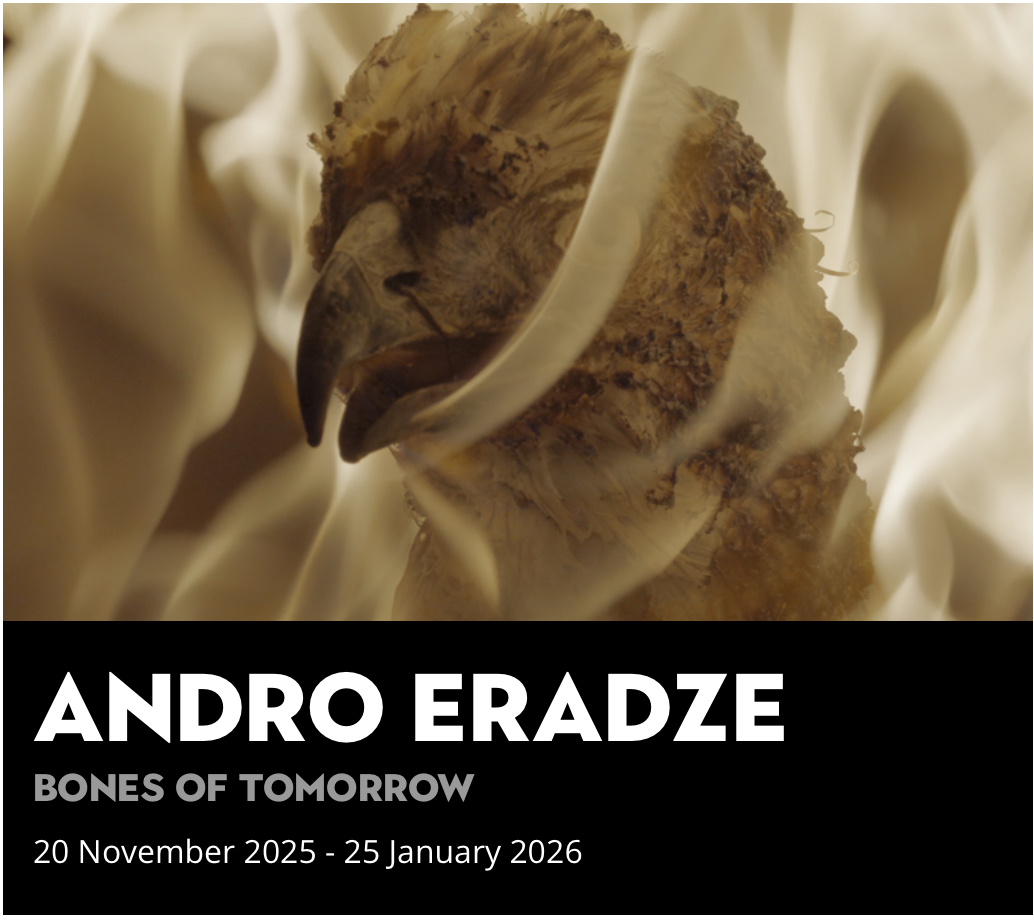For over 30 years the painter Val Archer, my
ever-knowledgeable and talented wife, guided me on journeys of discovery in
Italy from Venice to Naples, Milan to Mantua, to Florence, Ravenna, Perugia and
Palermo and, inevitably, to Rome. Every year we planned an intricate journey
that sought out the works of great Italian artists that could still be seen in
the buildings for which they were created.
We invariably focused on the work of a single
artist - Piero della Francesca one year, Signorelli the next, Perugino another,
then Lotto, Pontormo, the Crivelli brothers, Caravaggio and others.
We tracked down rarely visited houses,
chapels and palazzi, bribed custodians to open forgotten churches. It
was nothing to drive miles to see a painting and then to find that it was in restauro,
being restored elsewhere.
We immersed ourselves in the lives and works
of scores of artists, but we always seemed to end our travels to the south and
south-east of Florence or further south in Umbria, a relatively small area but
an amazingly fertile one for Renaissance artists.
Yet we had never taken a summer holiday in
Italy and had never once dallied with the idea of buying a house there. Val
loved her studio in London where she worked day and night preparing for
exhibition after exhibition of her work. I was similarly focused, running a communications
company.
It was the Renaissance painter Luca
Signorelli, Cortona’s most famous son, that first brought us to the town in the
1980s. Some 10 years later we were invited to stay locally with a painter and
sculptor on the occasion of a major exhibition of their work in Siena in the
city’s Palazzo Pubblico.
We sat on the terrace of their house in the
hills above Cortona under a starlit sky, I was seduced by the peace, smells and
sounds of the Tuscan countryside. This is how life should be, I thought, how it
could be if I dared. But there was
another voice, too. The voice of reality kept pricking me, telling me I was
just dreaming The Tuscan Dream, just as millions of visitors probably do every
summer.
Back in London, I was as surprised as anyone
when I ditched the romantic vision and worked on how I could turn the dreaming
impossibility into possible reality. I convinced myself with little effort that
I needed a fresh challenge, something to take my mind off work and something
that would take me into uncharted waters.
Eventually we settled in the same hills as
our friends to the east of Cortona which sit high above the Val di Chiana, the
famed Tuscan plain. Our first sight was of a group of dilapidated buildings on
a hillside that skulked in a few hectares of a chestnut forest and overgrown,
terraced land. Finding it had not been easy, but now each time we drive to or
from Cortona we are entranced, beguiled and seduced all over again.
Two years after buying the property we moved
into a rebuilt farmhouse and were using another of the wrecked buildings as a
terrace with a deposito, storeroom, below it. Two years further on
another wreck was transformed into a studio for Val, with a separate floor that
provides pleasant accommodation for guests. Our very own Tuscan casa had
been brought back to life.
During those years before we moved in, we became
fascinated in the history of Cortona and the surrounding area.
Our interest in Luca Signorelli took us on a
journey of discovery from the town’s tiny Museo Diocesano, one of the most
important art museums of its kind in Tuscany, to climbing the streets that lead
up to the highest point of Cortona and a medieval neighbourhood where the tiny
church of San Niccolò conceals two superb Signorelli artworks.
Also, the church of San Francesco where
Signorelli is buried and the most idiosyncratic main piazza in Tuscany, the
town’s irregularly shaped Piazza della Repubblica, and the 13th century
Palazzo Comunale with its adjoining clock tower which was added while Luca
Signorelli was a town councillor.
A walk outside the Etruscan walls of the town
took us to the striking Renaissance church of Santa Maria del Calcinaio which Signorelli
had a hand in commissioning from the Sienese architect Francesco di Giorgio
Martini.
By the time Signorelli was in his 40s, his
reputation was high enough for him to be called by Pope Sixtus IV to work with
Michelangelo, Botticelli, Ghirlandaio, Rosselli and Perugino on the frescoes in
the Sistine Chapel. Well, that’s what the
famous chronicler of those times, Giorgio Vasari, writes. Others say Signorelli
was called to Rome only after the other artists walked off the job because the
Pope hadn’t paid them.
Whatever the circumstances, Signorelli
completed the scheme with distinction, but it is generally acknowledged that
his finest work is to be found in Orvieto’s duomo, about an hour’s drive
south of Cortona. Here he painted a magnificent series of six frescoes
illustrating the Last Judgement and the end of the world. He laboured on these
grand and dramatic scenes for five years, from 1499 to 1504, taking inspiration
from Dante’s epic poem The Divine Comedy.
Monte Oliveto Maggiore is a couple of hours’
drive away in a beautiful, isolated position south of the broken, jumbled hills
of Asciano. It is one of the most important monasteries in Tuscany and its great
cloister has two storeys of loggias displaying 36 frescoes of scenes from the
life of St Benedict. Most are by Sodoma, a little-remembered artist, but the
first nine are by Signorelli who worked here before doing his better-known
Orvieto frescoes.
Cortona is just a 20-minute drive to the west
of our house. It is here that we shop, meet friends in restaurants and bars,
enjoy concerts in squares, streets and buildings that Signorelli and other 16th
century artists would recognise.
I tell visitors that the most rewarding way
to appreciate Cortona is to walk through an arched porta, or gateway, in
its ancient walls and then to head for the main piazza. Their prizes are cobbled, crooked and narrow
streets, most of which are challengingly steep to all but the Cortonese, who
stride confidently up and down with bulging shopping bags. Perhaps because many
visitors are not as fit as the locals, most favour Via Nazionale, the town’s
only flat street, nicknamed rugapiana which means precisely that, a flat
level place.
Piazza della Repubblica connects with a
further misshapen square, Piazza Signorelli, which is dominated by Palazzo
Casali, the impressive home of the town’s ruling family in the 13th century who
seemed to have spent most of the 100 years they were in power murdering one
another. In 1727 a learned society dedicated to historical and archaeological
research was established at Palazzo Casali, and it’s now home to Cortona’s
museum of Etruscan and Roman antiquities plus an eclectic collection of
precious works of art from all periods.
Subsequent governors of Cortona made sure
they were remembered by having their coats of arms mounted onto the exterior of
the palazzo. These are best appreciated over a glass of prosecco taken
on the terrace of the adjoining 19th century theatre, the intimate
Teatro Signorelli.
As you will now be aware after reading this
the name Signorelli is everywhere in Cortona!
He was born here in 1441 and was still
actively painting at the age of 82 when he died in the town in 1523. The joy
for us is that his life is reasonably well documented, and much of his output
still exists exactly where it was painted. Local tax receipts from 1427
describe his father, Egidio Signorelli, as a sellaio di cavalli, a
harness maker, while other documents show the painter holding different
official posts here from his late 30s up to the time of his death.
Signorelli is buried in Cortona, but there’s
intriguing speculation about how and where he died locally… but that is another
story!
Here are three Italian inspired paintings:
Cortona
Quinces on Busatti Cloth by Val
Archer: oil,
76.20cm x 55.88cm
Cortona
Quinces on Busatti Cloth … our quinces on a Tuscan fabric made by the region’s
famous fabric family, the Busatti’s, who have been weaving in the cellars of
Palazzo Morgalanti in Anghiari since 1842.
Neptune
& Titan by Val
Archer: oil,
55.25cm x 112.00cm
Neptune
& Titan is influenced by the
mosaics in Pompeii and Herculaneum.
The Four
Lives of a Tuscan Zucca by Val
Archer: oil,
152.40cm x 111.76cm
The Four Lives of a Tuscan Zucca is a quadriptych - four paintings that make one
To view more of Val Archer's paintings visit: www.valarcher.co.uk
Cortona's Piazza Signorelli
The Church of San Niccolò where one can find two superb examples of Signorelli's work
One of Cortona's gateways - Porta Colonia











